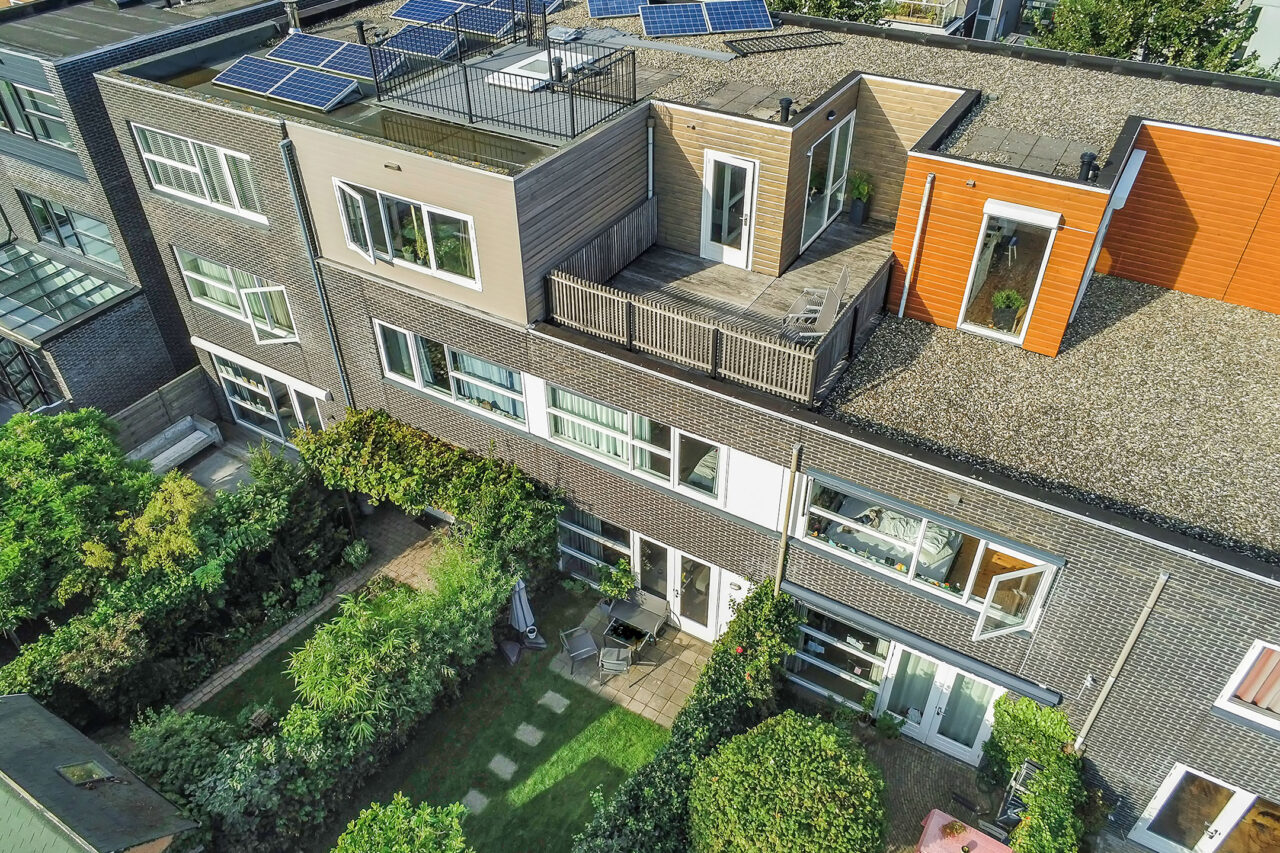
BY Catherine Lightfoot, CPA, CHBC, Director of Healthcare at EEPB
Does this sound like you?
While real estate housing markets have cooled off in some areas, many homeowners have values on their principal residences that are worth far more than what they originally cost. When selling these homes, the gains could be well in excess of the principal residence gain exclusion allowed by the IRS ($250,000 for single filers, or $500,000 for joint filers). This exclusion is a great deal, because it is a federal government ‘freebie,’ but may still leave taxpayers with a hefty tax bill depending on the profit.
Is there any solution other than paying the taxes?
One idea is to combine the tax advantages of a principal residence gain exclusion with a like-kind exchange deferral. Normally, a personal residence is not eligible for this deferral; however, with proper planning, it can be done—with full IRS approval.
To benefit from both of these tax breaks, you must show that the former principal residence has been converted to property that is ‘held for productive use in a trade or business, or for investment.’ You must be careful to get the dates right, and then patiently wait, as this conversion process takes two years.
Follow the rules…
The IRS has strict requirements with respect to eligibility. The principal residence gain exclusion rules should be applied first, followed by the like-kind exchange rules. To meet IRS qualifications, the taxpayer’s relinquished property has to be:
Used as a principal residence as required by the Section 121 rules, and
Used in a trade or business or held for investment within the meaning of Section 1031(a).
Section 121 rules do not require a residence to be your principal residence on the sale or exchange date. They only require that you have owned and used the property as a principal residence for at least two years of the five-year period, ending on the exchange date.
Section 1031(a) rules are critically important. You need to successfully convert the greatly appreciated former principal residence into a ‘rental property’ before swapping it in a Section 1031 exchange. The IRS has established a two-year safe-harbor rental period rule in the Revenue Procedures. A shorter period might work, but it could also be challenged by the IRS. At the end of this period, you have a trade or business property that can be exchanged for another trade or business property and, thus, qualify for the tax deferral.
How it works
The following example illustrates a real-life scenario:
Larry, an unmarried individual, bought a house for $210,000 that he used as his principal residence all of 2020 through 2022 (three years). During all of 2023 and 2024 (two years), he rented the house out and claimed $15,000 in depreciation deductions. In early 2025, he exchanges the house (the relinquished property) for $10,000 cash plus a townhouse worth $660,000 (the replacement property). He intends to rent out the townhouse rather than live in it. This is one of the requirements of a 1031 like-kind exchange, in which business or investment property is exchanged for business or investment property. If Larry wanted to live in the new townhouse, that would be a business property exchange for a personal property that does not qualify for the deferred gain—just like you cannot exchange personal for personal property and get deferral treatment.
Larry realizes a $475,000 gain on the exchange. Proceeds of $670,000 ($10,000 cash plus $660,000 FMV of townhome) minus basis of original home ($210,000 cost basis minus $15,000 depreciation). Larry satisfies the requirements for both tax advantages. The principal residence gain exclusion of $250,000 does not require the property to be Larry’s principal residence on the date of the exchange. He is only required to have owned and used the property as his principal residence for two of the five years ending on the exchange date. Since Larry meets that requirement, he can exclude $250,000 of the $475,000 realized gain. Because the relinquished property was investment property at the time of the exchange (i.e., it was rented out for two years), Larry is able to defer the remaining $225,000 in gain under the 1031 like-kind exchange rules.
Keep in mind this type of real estate tax break is not for everyone—all the rules have to be followed exactly, and being a landlord can be time consuming. Also, be aware that the tax laws require turning property into a ‘true’ rental and keeping the new property rented.
Conclusion
I think we can all agree that real estate is a solid portion of one’s diversified investment portfolio. A well-planned approach and the right property could lead to big tax savings while helping you meet your wealth accumulation goals. Talk to your accountant to see if a dual real estate strategy makes sense for you.


